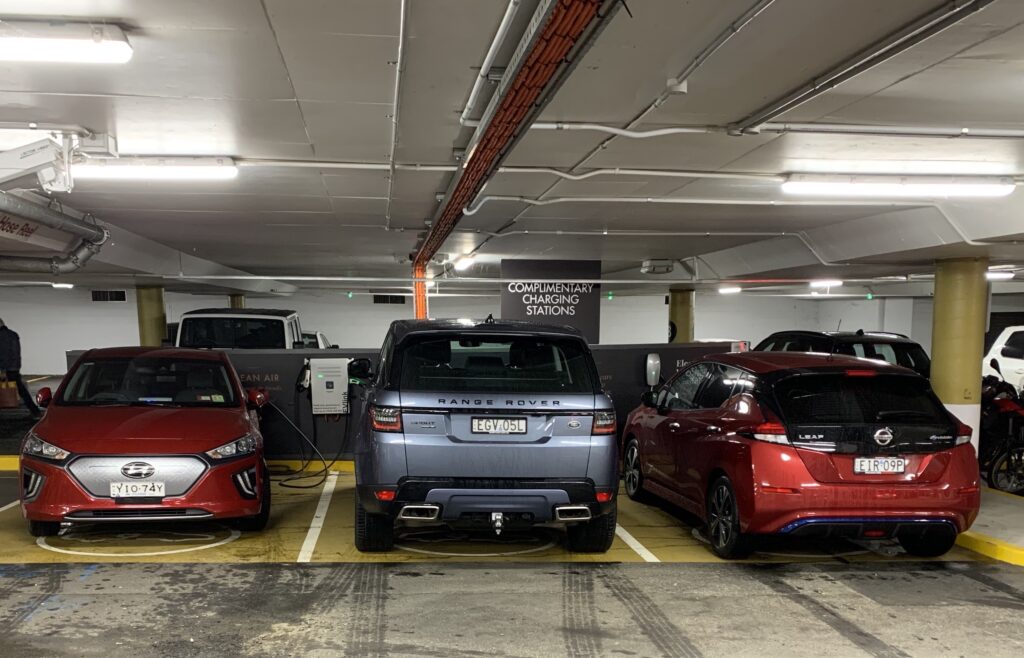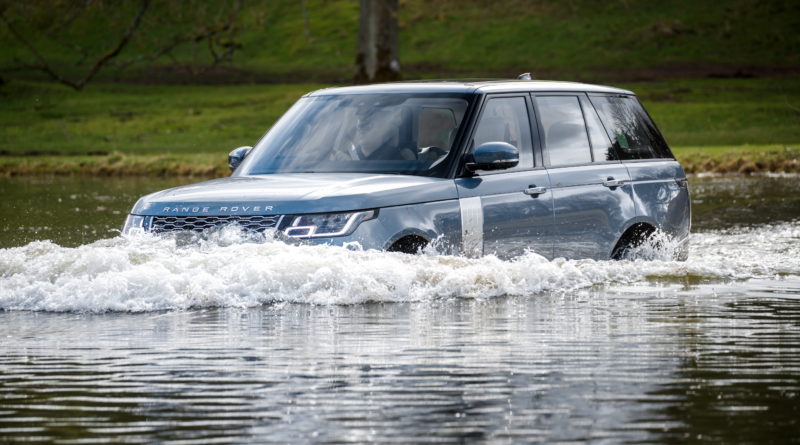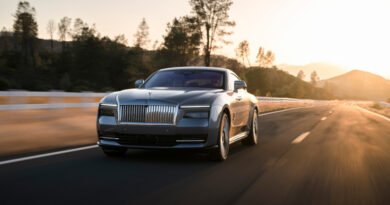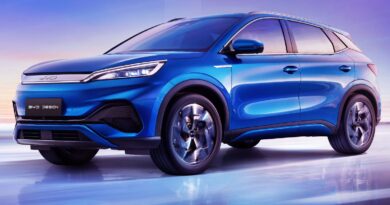Why EV charging isn’t always simple – or politically correct
Look, not everyone wants to make friends or influence people, and if you’re more the kind of person who likes to instantly inspire dislike and disdain, a Range Rover Sport PHEV might be just the thing.
What I can tell you for sure is that pulling up in this overly large, totally bonkers and ever-so-slightly pointless PHEV SUV at a charging point next to people who drive actual EVs is a really bad way to start up a conversation.
Right up there with exposing your genitalia before shaking someone’s hand.
Want the latest electric car news and reviews delivered to your inbox? Subscribe to our weekly newsletter!
Squeezing this giant hulking beast between a Nissan Leaf and a Hyundai Ioniq Electric in the three-bay charging area nearest to my home in Sydney’s inner west (and when I say near, let’s just say there are NONE in my suburb, despite the fact that someone near me seems to buy a new Tesla at least once a week) was certainly a conversation starter, but not in a good way.
Things did not improve when they asked me what kind of range I was getting from my Range Rover and I told them that, just the day before, I’d plugged it into my house and, after four hours, managed to drive almost a whole kilometre before draining the battery again. Well, probably 400m.

To be honest, I think they thought I was taking the piss by plugging the Range Rover in at all, and they politely pointed out that a car that looks like it was designed to flow through the air with all the subtlety of a brick through a window, isn’t really a properly green option.
It was a real shame they hated me so quickly, because I found their stories very interesting – neither of them owned a garage, or any charging apparatus, at home, and they rely entirely on public infrastructure to run their EVs.
The Ioniq owner parks his car at least once a week at the shopping centre we were in and walks home, before collecting it the next day. The Leaf guy could tell me where every single free charging point around was, and neither of them seemed to be spending a single cent on electricity costs, which is impressive.
I did further disappoint them, however, when I told them how much I’d struggled to charge my vehicle at all. And let this be a warning to you – sometimes it’s not as simple as it seems, particularly if you’re a simpleton.
I’d had a few issues with charging my Rangie, which were causing me to question the point of a 2.4-tonne SUV with a 2.0-litre turbo four-cylinder hybrid, which, if you are lucky, will get you 48km on a full charge.
Indeed, I’d started to question the point of life itself after first failing to get any charge at all at one slightly dull shopping centre where I’d sat waiting for 90 minutes (sure, this was probably my fault, but that didn’t make me any less angry), and then getting pitifully little out of running an extension cord out of my house for four hours.
I fell into the trap, at the dull shopping centre, of thinking it was as simple as just plugging in the lead from the free charger, noting that a light had flashed, and walking away. I should, of course, have checked the dash, which lights up with a very cool graphic showing you just how much of the car is charged, when it’s actually working.
The problem, as EV owners soon discover, is that, unlike petrol pumps, not all charging infrastructure is the same. In this particular case, I needed to press just one little button, but I didn’t. Because I didn’t know, and the signage wasn’t very clear.
We live and learn, of course, that a PHEV is a very handy thing because even if you’ve failed to get above zero charge, you’ve still got a petrol engine.
It was after the third-time-lucky charge of around 90 minutes at an 11kWh free shopping-centre charger that I actually got more than half the battery pumped and ready to go.
The hugely optimistic display suggested I would get about 22km of EV running. I did give this a careful and gentle go and can report that, at low speeds, cruising in stop/start traffic, the brief tastes of silence the enormous Rangie could afford you were quite wonderful.
And so, in the end, I learned quite a lot. Like never to park one next to an actual EV owner again.





Enjoyed the somewhat ‘tongue-in-cheek’ article on the PHEV Sport Range Rover. Not surprised that other EV owners did not entirely embrace the idea of the rather lame British attempt at this new technology. Although heading in the right direction, a Hybrid EV is still an ICE vehicle with a token acknowledgement to electric propulsion, something the British (remember the ‘Prince of Darkness’: Lucas automotive electrics), have struggled with for years.